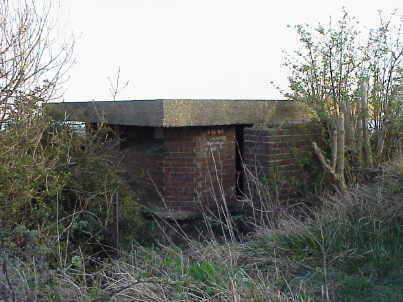
Pillboxes of WW2
In 1940 Dover was a front-line town and at least a suspected landing place for an expected German invasion. As a result of this Dover, along with the rest of Kent and many other coastal areas had anti-invasion defences and emergency gun batteries thrown up as quickly as possible. As a rule the anti-invasion defences consisted of beach obstacles such as barbed wire, iron rails (usually railway line), anti-tank blocks, spigot mortars, pillboxes and sometimes flame barrages. An impressive range of anti-tank concrete blocks can be seen at Felixstowe, behind Languard Fort. Pillboxes and Spigot mortar mountings were also built in strategic places around towns.
Dover has a good range of pillboxes, but the most
common one to be found on the hills covering the main roads into the town are commonly
known as 'Dover Type' and are not seen elsewhere in the country. These are square
buildings, loopholed with overhanging reinforced concrete roofs.
The Type 23 has a main enclosed roofed section
suitable for a garrison of 5 men and a maximum of 4 light machine guns. There is also an ‘outside’ section again
enclosed, which has a mounting for an anti-aircraft gun.
This mounting takes the form of a 6’6” steel pole.
1.
The concrete pillbox is a great aid to defence if intelligently used; if not, it may become a death trap.
2.
Concrete is a protection against
bullets, shell splinters and weather. Sometimes
it affords protection against shellfire. If
properly camouflaged it is also protection from ground and air on=observation.
3.
Many concrete posts are not complete protection against a direct hit from a shell
or aerial bomb. They all have the
disadvantage of limiting the field of view and the field of fire. The garrison will be unable to use all their
rifles at one and the same time because of the fewness of the loopholes. Finally the garrison is hindered in the employment
of the hand grenade and bayonet.’

'Dover' Type Pillbox on Drop Redoubt Scarp
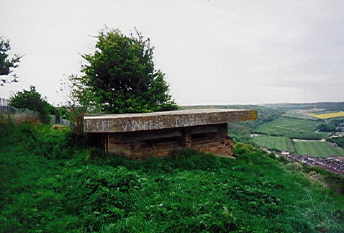
'Dover' Type Pillbox on North of Citadel Counterscarp
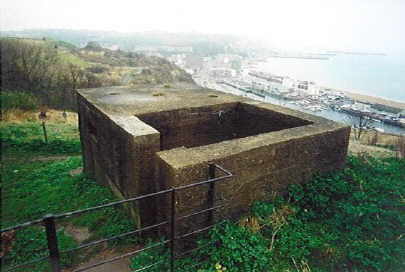
Type 23 Pillbox at St. Martin's Battery
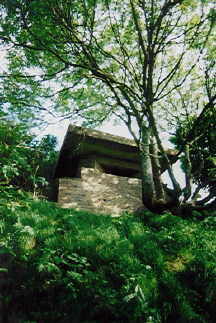
'Dover' Type Overlooking Folkestone/Dover Road,
Built on the Back of the Fieldgun House Below, May 1999
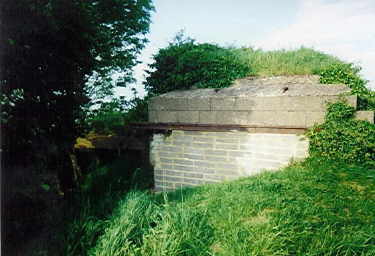
Fieldgun House, Circa 1940, Overlooking Folkestone/Dover Road, May 1999
Embrasure Bricked Up Recently

Above Fieldgun House in Context
Another 'Dover' Type overlooking Folkestone Road
Jan 2000
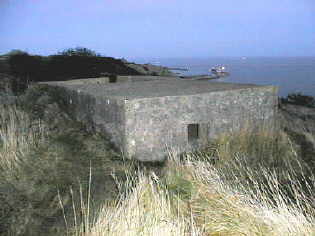
Type 23 at the west entrance to Citadel Battery
Jan 2000
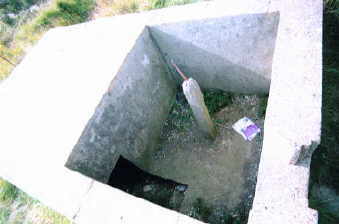
The same Type 23 from interesting angle showing anti-aircraft gun mounting
Sept 1999